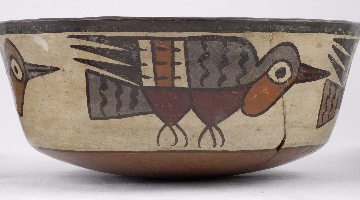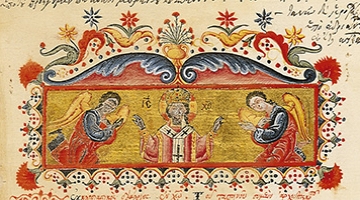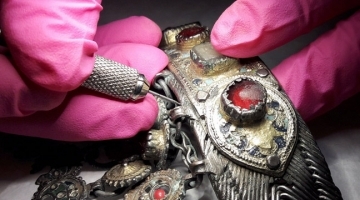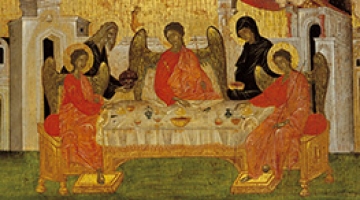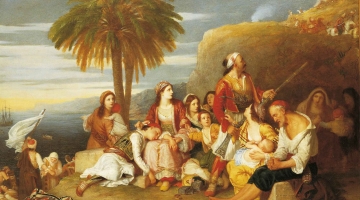- EN English
- Login
-
The Benaki Museum collection of Islamic art, which includes examples of all its local variations from as far as India, Persia, Mesopotamia, Asia Minor, the Middle East, Arabia, Egypt, North Africa, Sicily and Spain, ranks among the most important in the world.
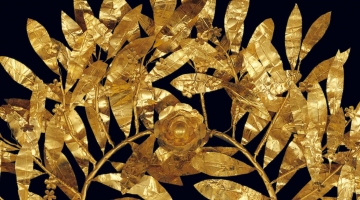
The collection of Prehistoric, Ancient Greek and Roman antiquities which is formed through the contributions of several Greek and foreign donors, as well as from the reserves of other museums, covers a vast chronological period stretching from the dawn of prehistory to the end of the Roman era.
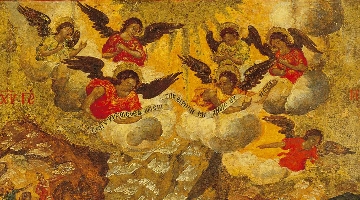
The Byzantine collection links the ancient Greek world to that of modern Greece. The collection is exceptionally rich, although it is not representative of all the different artistic tendencies and currents which flourished during the thousand-year Byzantine Empire, and is divided into two groups.
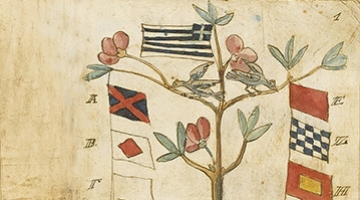
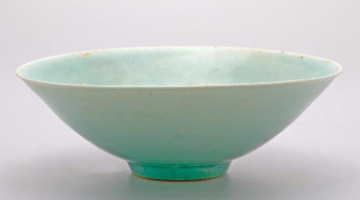
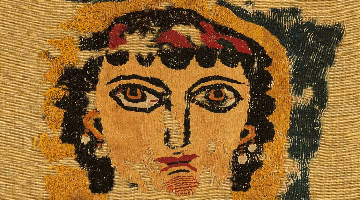
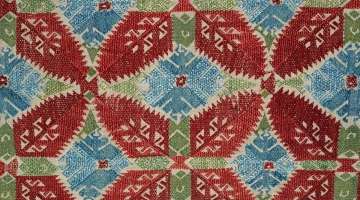
The collections of ecclesiastical and secular art cover the historical period from the 15th to the 19th century and provide evidence of the high level of culture in the Greek world during the Frankish and Ottoman occupations.
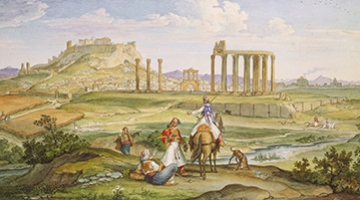
Whilst the nucleus of this collection is made up of works from Antonis Benakis' personal collection, the bulk of it is derived from the donation made by Damianos Kyriazis in 1953, as well as from subsequent gifts and bequests made by many other friends of the Museum. It includes a total of almost 6000 paintings and drawings by mainly European artists of the 17th to 19th centuries, as well as works by Greek artists of the 19th and 20th centuries.
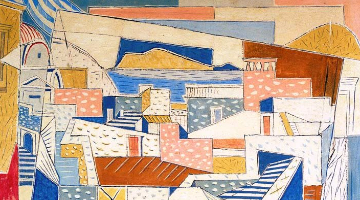
The Nikos Hadjikyriakos-Ghika Gallery was gifted to the Benaki Museum by the artist and functioned as an annexe to the museum from 1991-2000, whereupon it closed temporarily for maintenance and building refurbishment. Work commenced in 2005 under architect Pavlos Kalligas and in May 2012 the Gallery re-opened its doors to the public.
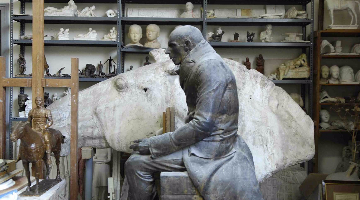
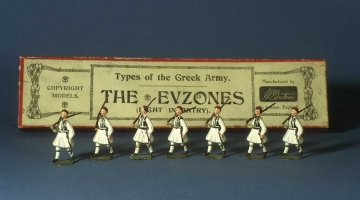
The Maria Argyriadi donation is the core of the Department of Childhood, Toys and Games, which was founded in 1991.
